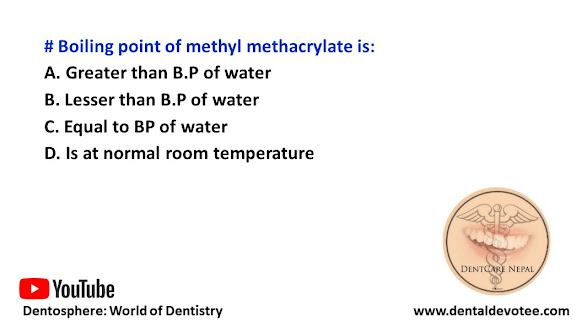# APC gene is mutated in:
A. Hereditary intestinal polyposis syndrome
B. Gardner’s syndrome
C. Gorham stout syndrome
D. Caffey Silverman Syndrome
The correct answer is B. Gardner's syndrome.
Gardner syndrome, inherited as an autosomal-dominant disorder, is characterized by intestinal polyposis, multiple osteomas, fibromas of the skin, epidermal and trichilemmal cysts, impacted permanent and supernumerary teeth, and odontomas. The genetic defect is found in a small region on the long arm of chromosome 5 (5q21), where the familial adenomatous polyposis (APC) gene resides. Most patients with Gardner’s syndrome do not exhibit the complete spectrum of clinical disease expression. Osteomas associated with this syndrome may be found in the jaws (especially the mandibular angle) and in facial and long bones. Intestinal polyps associated with Gardner syndrome are commonly located in the colon and rectum. Significantly, these polyps, found microscopically to be adenomas, exhibit a very high rate of malignant transformation to invasive colorectal carcinoma.
Reference: ORAL PATHOLOGY: CLINICAL PATHOLOGIC CORRELATIONS, SEVENTH EDITION, Joseph A. Regezi, DDS, MS, James J. Sciubba, DMD, PhD, Richard C.K. Jordan, DDS, MSc, PhD, FRCD(C), FRCPath






































